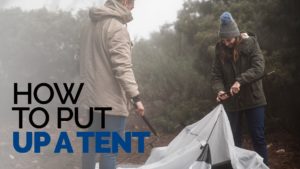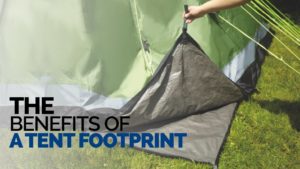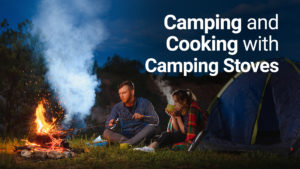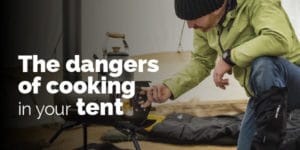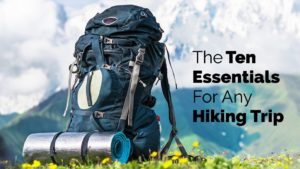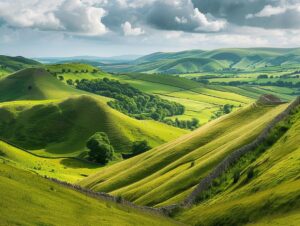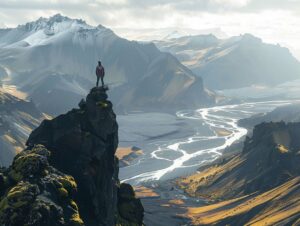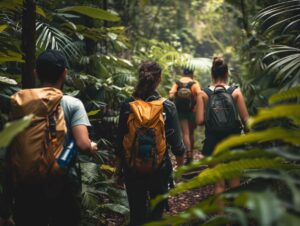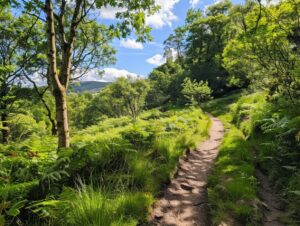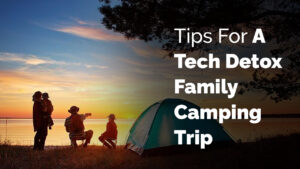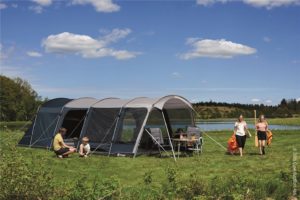
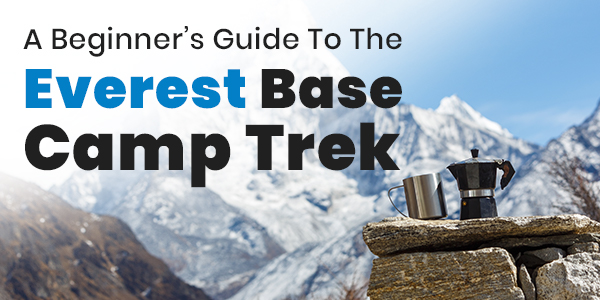
Andy
- Categories: Camping, Places to Visit
There’s no question that Nepal is one of the most famous places in the world for mountain and snow trekking. Every year, people from all over the globe swarm over and travel thousands of miles just to complete the Everest Base Trek.
The Everest Base Trek is one of the most intimate ways you can explore and discover the Himalayas, and you’ll get to experience not only the Sagarmatha National Park but also a close-up look at different peaks, including the iconic Mt. Everest itself. On top of that, you’ll get the once-in-a-lifetime opportunity to interact and even live with the warm Sherpa community that’s rich in culture.
Of course, before you travel, it’s always good to read up about the journey before you head down. If you’re not sure what to expect, you’re in the right place! Here’s a guide to the Everest Base Trek, together with some tips to take note of before you head there.
1. Preparation for the Everest Trek
One of the best parts of the Everest Trek is that it’s not entirely exclusive to the best athletes or climbers. In fact, as long as you are mobile and have some physical stamina, it’s perfectly doable. That said, about two to three months before the big trek, take some time to start exercising to build your lung capacity. Cardio workouts like swimming, running, and cycling will definitely help.
On top of building lung capacity, it’s also good to work on strengthening the core and leg muscles. Whether you want to do squats and push-ups at home or deadlifts at the gym, remember to take care of yourself and avoid injuries!
Preparing your physical shape is one thing, but you’ll also need to know what kind of gear and equipment to pack. Depending on your preferences and needs, the packing list will differ, but you’ll definitely need the right trekking gear. This includes gloves, warm jackets, boots, socks, and footwear to wear around camp. Clothes are important to keep you warm, so don’t leave the thermal wear, bottoms, and scarves out. A protip is to layer on, so you can regulate and adjust to the temperature easily. After all, the weather conditions vary from day to day, and you wouldn’t want to be stuck trekking in fleece on a sunny, warm day.
Other important equipment you’ll need are sleeping bags, toiletries, a first aid kit, and large daypacks to put everything in. Gaiters are also recommended to keep your legs warm for the long journey ahead.
2. Planning for the Everest Trek
So many people have gone before you that there’s a general itinerary that’s widely available for you to follow. The pace of this general itinerary is rather vigorous, so customise it to your own needs and preferences. Some even opt to stay longer at some parts of the route, just to spend more time exploring and taking in the sights and sounds of the country. Here’s a brief overview of the route most people would take.
On the first day, most people fly to Kukla from Kathmandu, before making a trek to Phakding. Then, they trek from Phakding to Namche Bazar, which is roughly 3.5 kilometers away, and stay for a day to acclimatize.
On the fourth day, you may set off to trek to Tengboche and then Dingboche. This entire trek should take about two to three days. An acclimatization day at Dingboche is recommended, and then you’re off to Lobuche, Gorakshep, and finally, to Everest Base Camp!
The return trip is much shorter — you’ll only need to head back to Gorakshep, and then to Periche, and finally back to Lukla. Once you’re done, you can fly back to Kathmandu. All in all, the trek to-and-fro will take you about two weeks.
3. Safety on the Everest Trek
As with any physical activity, there are some risks involved in the Everest Trek, the most prominent of which are health risks. Altitude sickness, for one, is quite commonly experienced by climbers as they ascend to high altitudes. The symptoms usually occur within a day of getting to a high altitude and include headaches, tiredness, shortness of breath, and loss of appetite. Although it is common, make no mistake as it can lead to severe illness and even death.
If you find yourself on the slope and suffering from the symptoms mentioned, there are ways to help recover from it. For starters, stop climbing if possible. Get lots of sleep and water, taking external oxygen if necessary. You should also take anti-sickness pills and refrain from smoking. If you feel better within 48 hours, you may proceed to climb, but with caution.
Another common safety risk is sunburn. The higher you climb, the more exposed you are to the sun and its harmful rays. To help protect yourself, do take care to apply a generous amount of sunscreen lotion with SPF100 and above daily. Purchasing a good pair of polarised sunglasses is also a non-negotiable to keep your eyes safe from the immense glare of the sun.
4. Getting Around on the Everest Trek
While straightforward, the Everest Base Trek is still considered quite dangerous, especially if it’s your first time or if you intend to do it alone. As such, you should consider trekking with a guide, and perhaps a porter. A guide is one who is experienced and will lead the way, while a porter is an accompanying person who will help you carry your items.
While it is possible to get a porter-guide or travel with no guide at all, it’s definitely recommended that you go with an experienced guide. Not only will it take the burden of navigation off your shoulders, but you’ll be guided in and around the town as well.
Accommodation is widely available but be prepared for small teahouses and tented camps to rest in. You may have to share bedrooms and toilets, so don’t go in expecting a five-star hotel experience. However, the basic necessities will all be provided for, including charging points and food, so don’t fret and enjoy the experience!
All in all, the Everest Base Camp trek is a worthy addition to any bucket list. Simply get familiar with the route and make the necessary preparations, and you’re well on your way to an adventure of a lifetime.
Share:
By submitting your email address, you are agreeing to receive marketing emails from theexpertcamper.co.uk.
We’ll never share your email address and you can unsubscribe at any time. Privacy policy
Related Posts
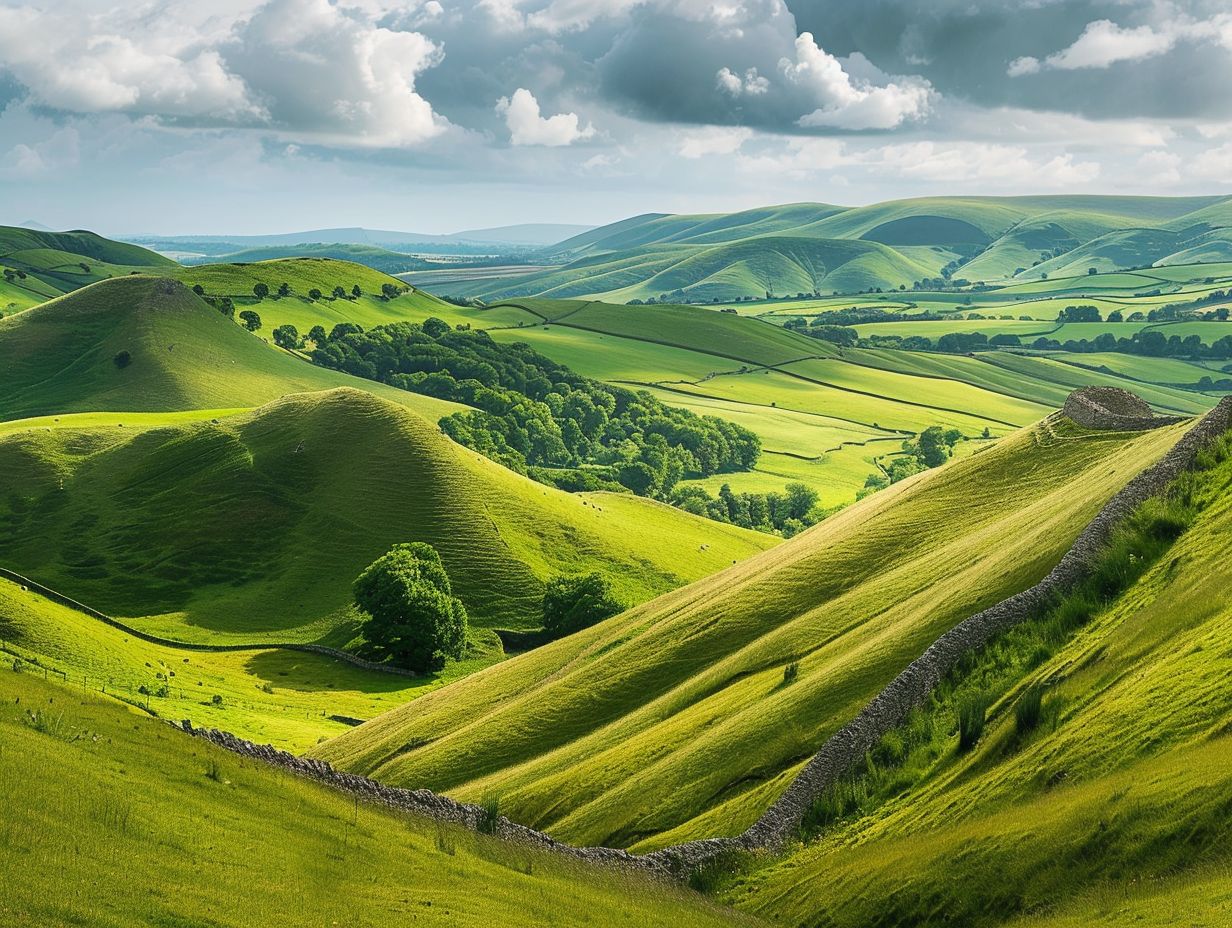
A Seasonal Guide To Hiking In The Peak District
Are you ready to lace up your hiking boots and explore the stunning landscapes of the Peak District? This seasonal guide will take you through
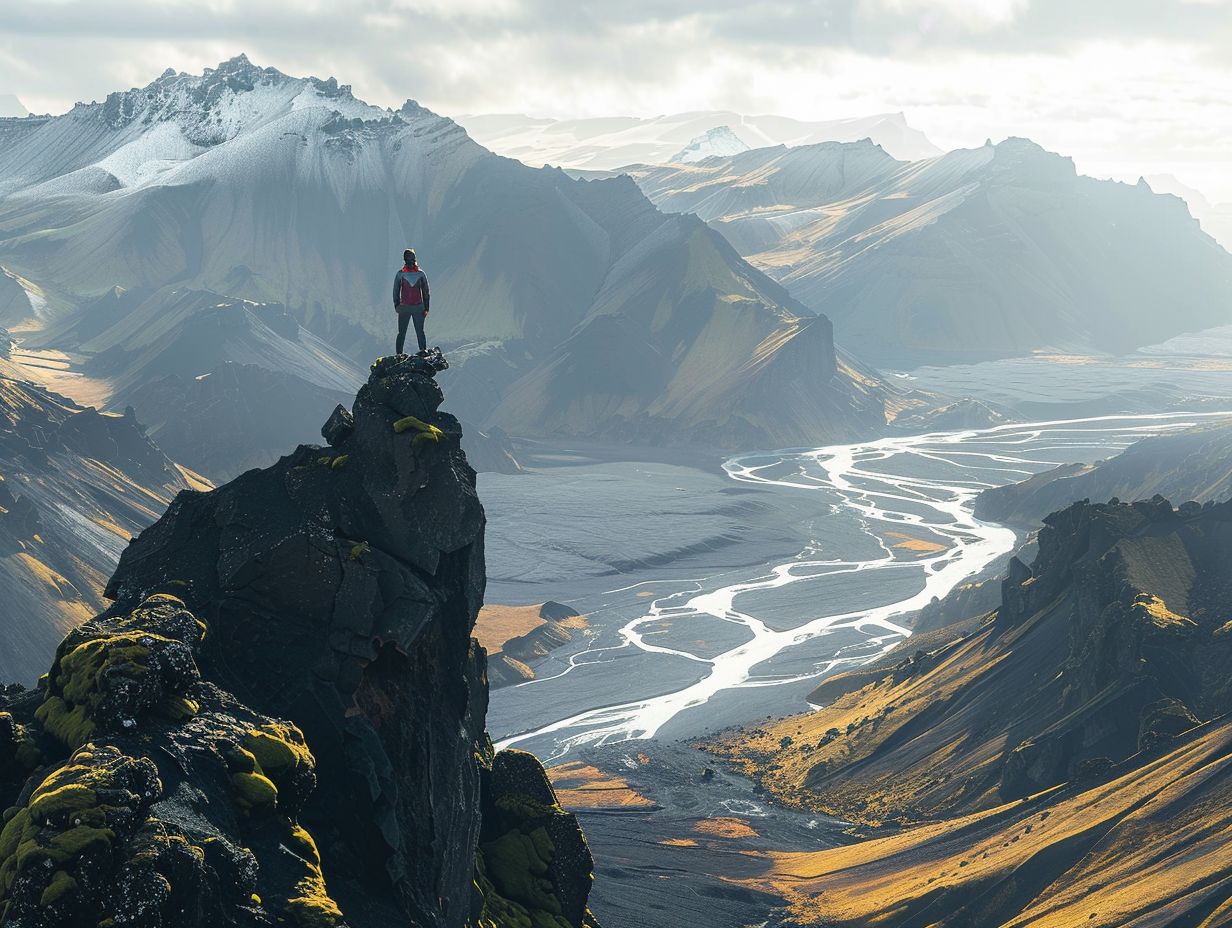
Hiking Challenges Preparing For Your First Ultrahike
Are you ready to take your hiking adventures to the next level? Ultra-hiking offers a unique combination of physical and mental challenges, breathtaking scenery, and
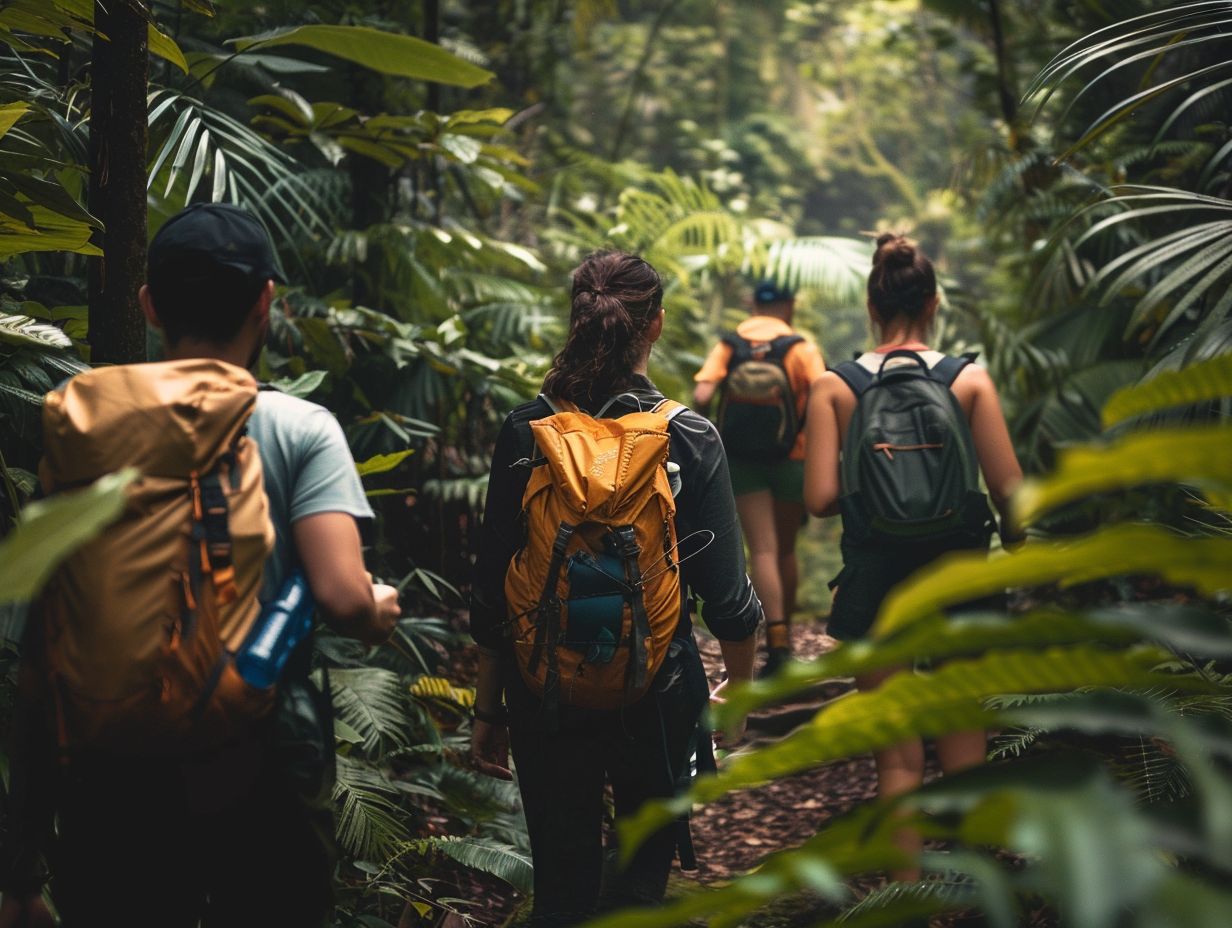
Ecofriendly Hiking Tips For Sustainable Adventures
Are you an outdoor enthusiast looking to minimise your impact on the environment while enjoying the great outdoors? Eco-friendly hiking is the perfect solution! We
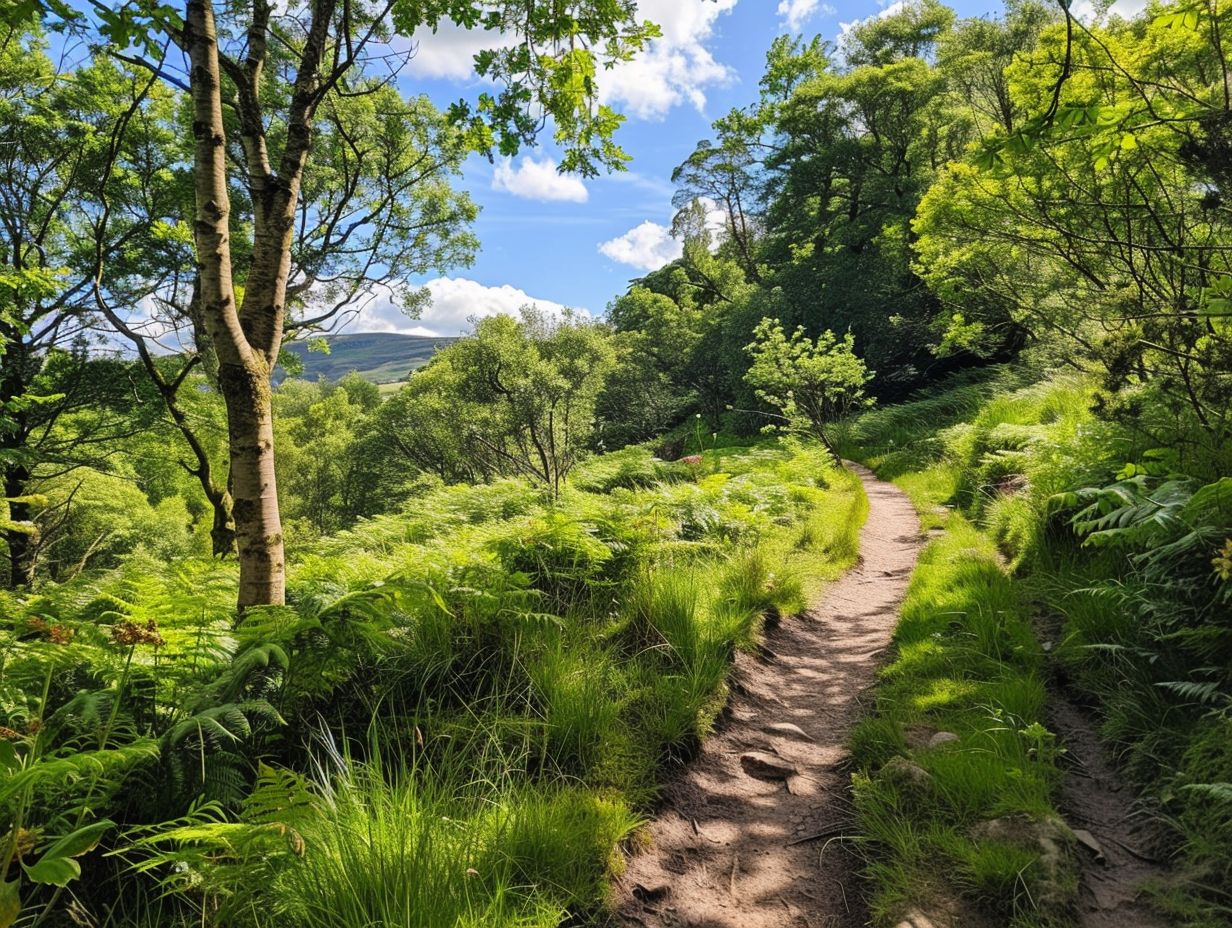
The Best Hiking Trails For Experiencing UK Wildlife
When exploring the picturesque hiking trails of the UK, you can expect to encounter a diverse array of wildlife. From majestic birds soaring overhead to
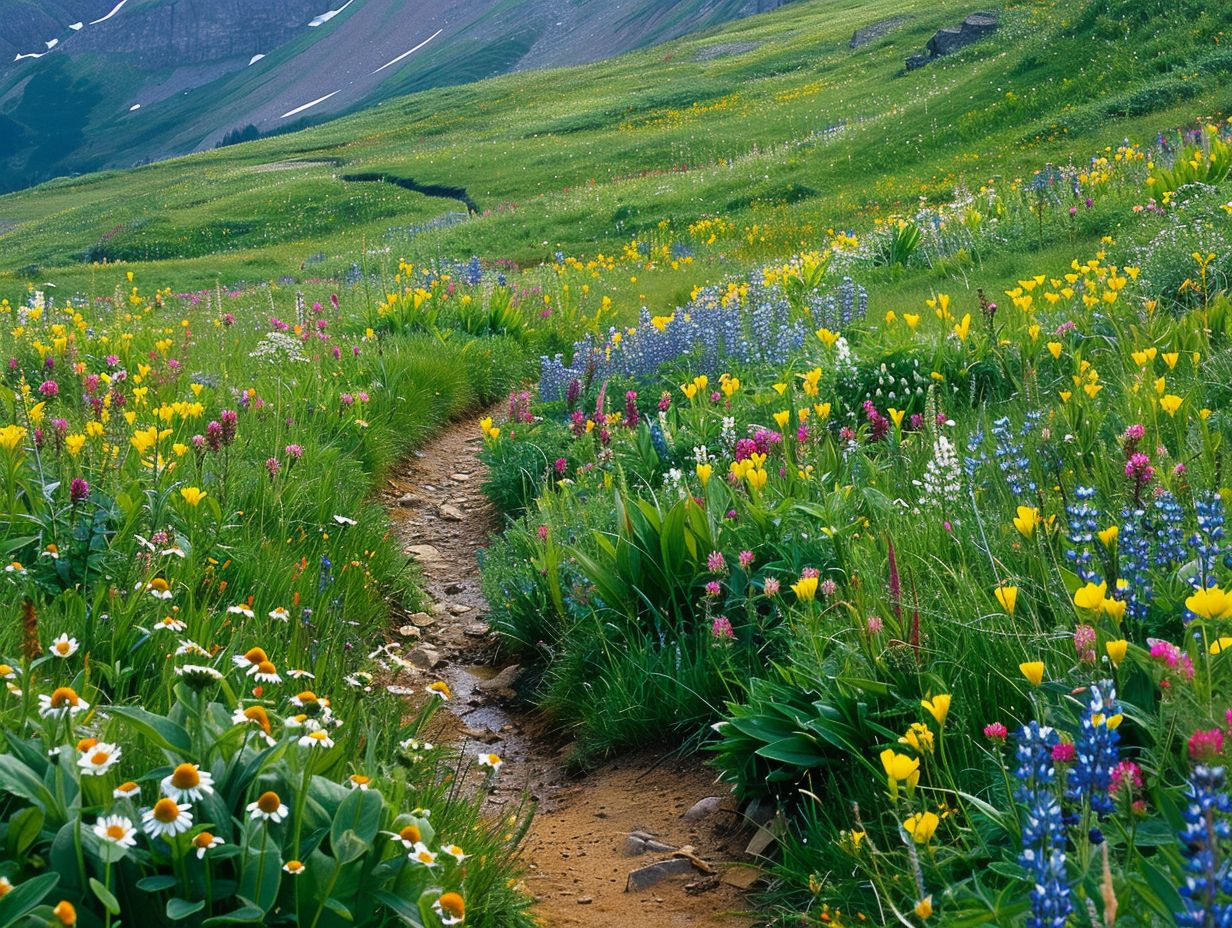
Wildflower Walks The Best Trails For Nature Lovers
Are you a nature lover looking to embark on a wildflower walk? Explore the best trails for wildflower walks, including [Trail Name 1], [Trail Name


